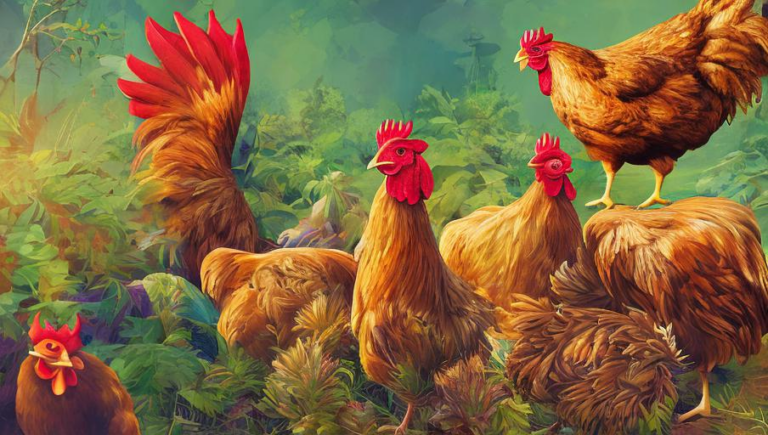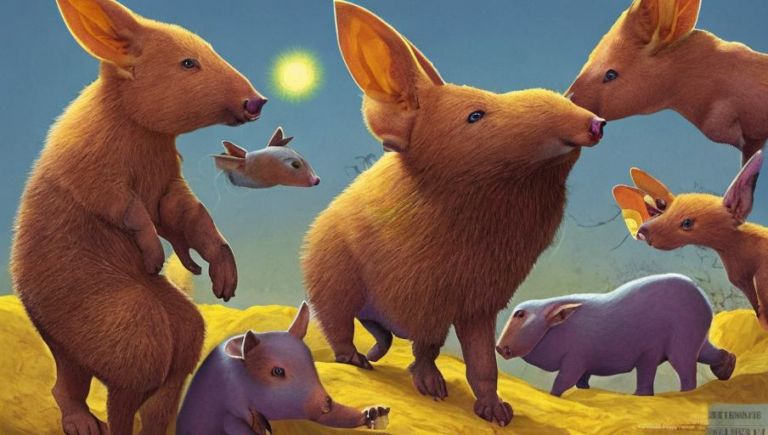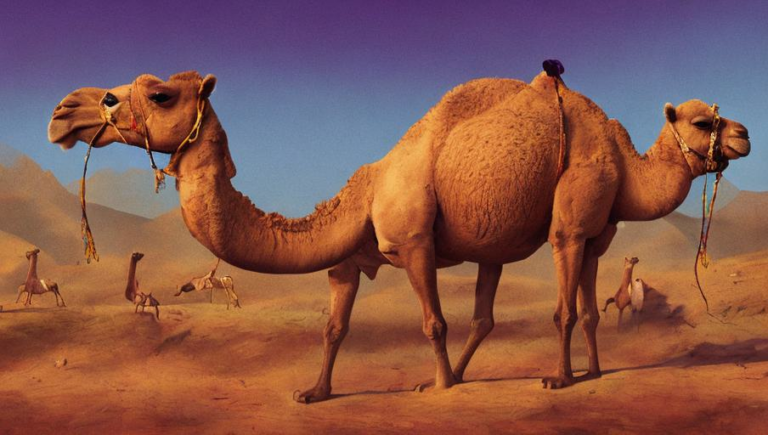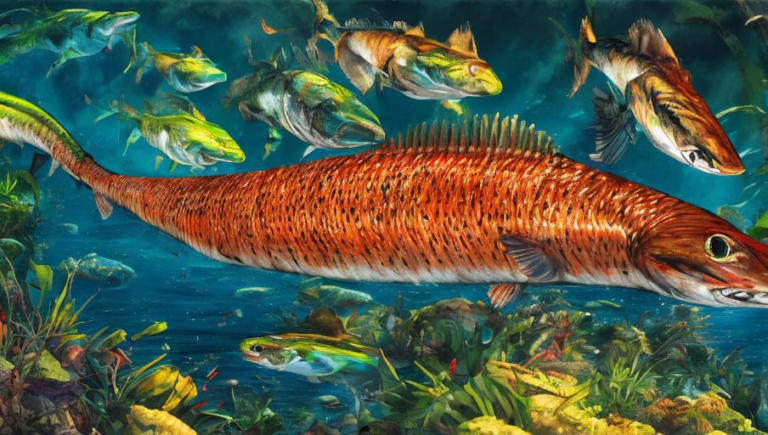Life on the Run – Investigating the Cheetah’s Incredible Speed and Agility
Introduction
The cheetah is a large and powerful cat that is known for its incredible speed and agility. Found in the open grasslands and savannahs of Africa, the cheetah has been clocked as the fastest land mammal, being able to reach speeds of up to 75 miles per hour. This extraordinary speed and agility allows the cheetah to catch its prey with incredible speed and accuracy. In this article, we will explore the cheetah’s unique abilities, and investigate the incredible life of this remarkable animal.
The Cheetah’s Physiology
The cheetah’s speed comes from its unique physiology. It has a slender body, long legs, and a flexible spine that allows it to make quick turns and twists when chasing prey. Its lungs and heart are extremely efficient, allowing it to take in more oxygen and pump more blood when it runs. Additionally, the cheetah’s long tail acts as a rudder, helping it to control sharp turns and keep its balance when running at high speeds. It also has extra-large nostrils that allow it to take in more oxygen when running, as well as special pads on the bottom of its feet that help it grip the ground.
Hunting and Prey
The cheetah’s incredible speed and agility allows it to catch its prey with incredible accuracy and efficiency. Generally, it only takes a few seconds for the cheetah to catch its prey. Its preferred prey are small- to medium-sized animals such as antelopes, gazelles, and hares. When hunting, the cheetah will typically stalk its prey, and then sprint towards it in a surprise attack. Once it has caught its prey, the cheetah will suffocate it by biting its throat, or sometimes break its neck with a powerful bite.
Conservation
Unfortunately, the cheetah is listed as a vulnerable species due to habitat loss, poaching, and competition with humans for resources. It is estimated that there are only 7,100 cheetahs left in the wild. As such, conservation efforts are needed to help protect this species. Some of the efforts being taken to protect the cheetah include habitat protection, anti-poaching campaigns, and the establishment of cheetah reserves. Additionally, captive breeding and reintroduction programs have been implemented to help increase the cheetah population.
Conclusion
The cheetah is a remarkable animal that is known for its incredible speed and agility. Its unique physiology allows it to take advantage of its environment, and its amazing hunting abilities have earned it a place among the most successful predators on the planet. However, the cheetah is facing many threats, and conservation efforts are needed to ensure its survival. By increasing our understanding and appreciation of the cheetah, we can help to ensure its future.





